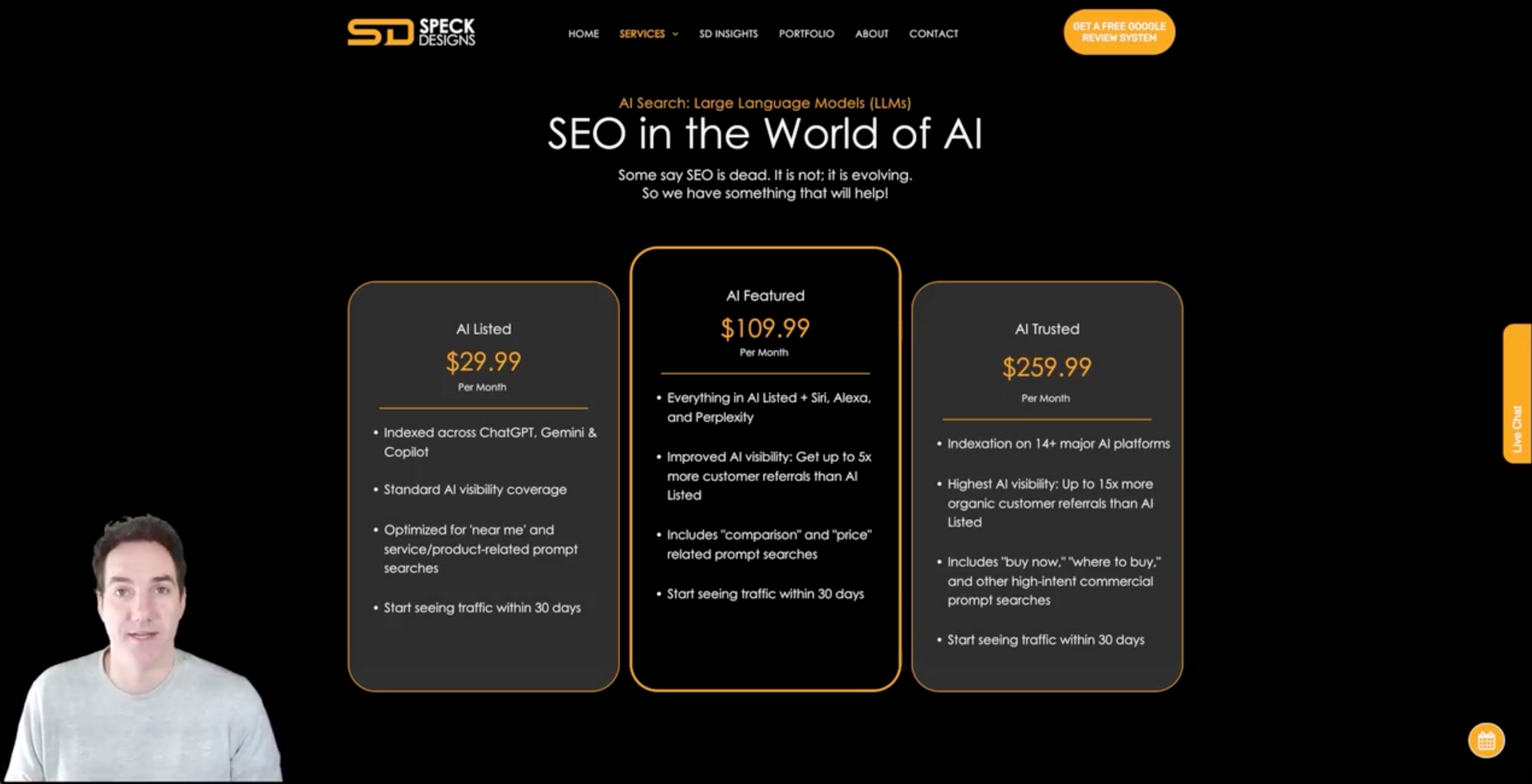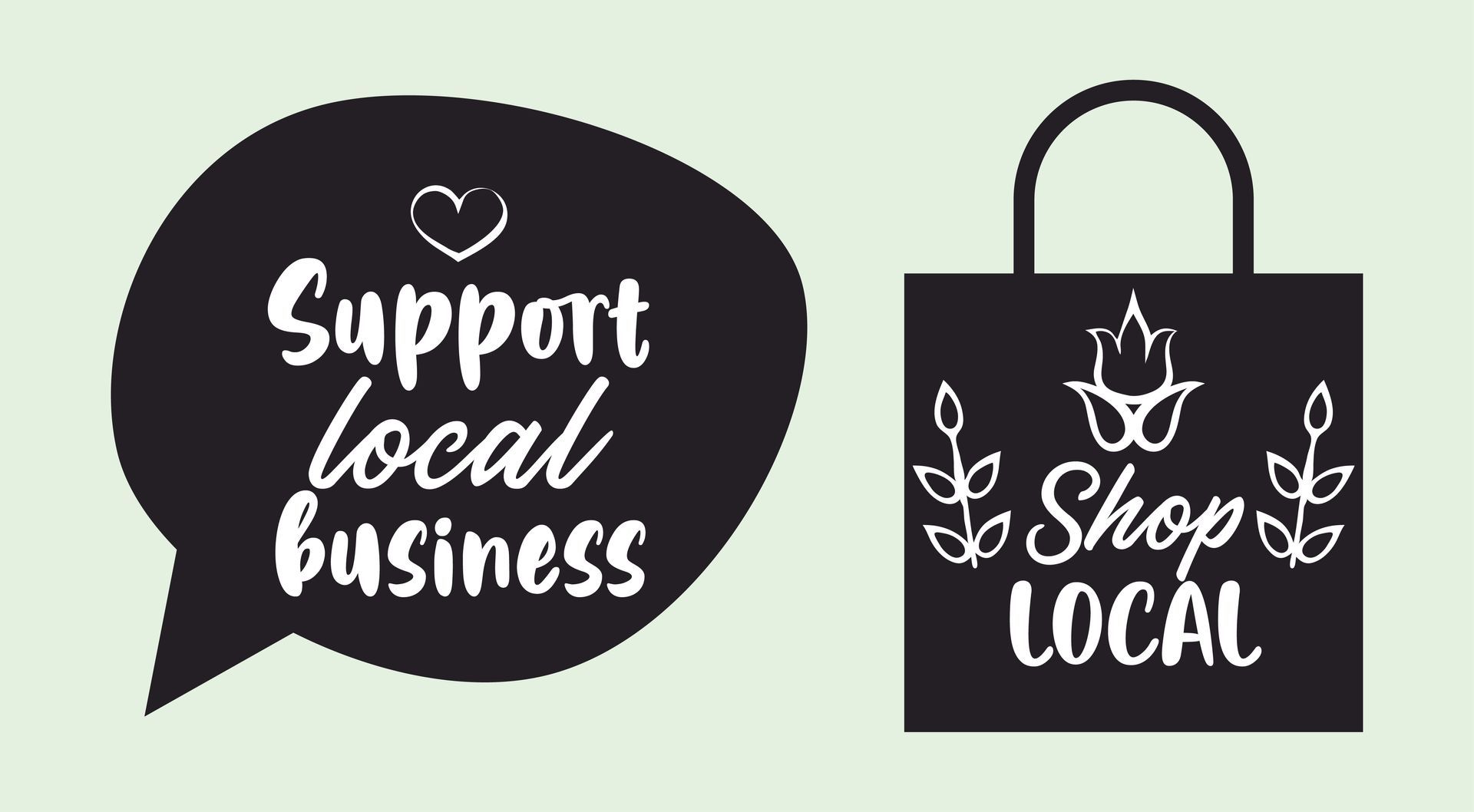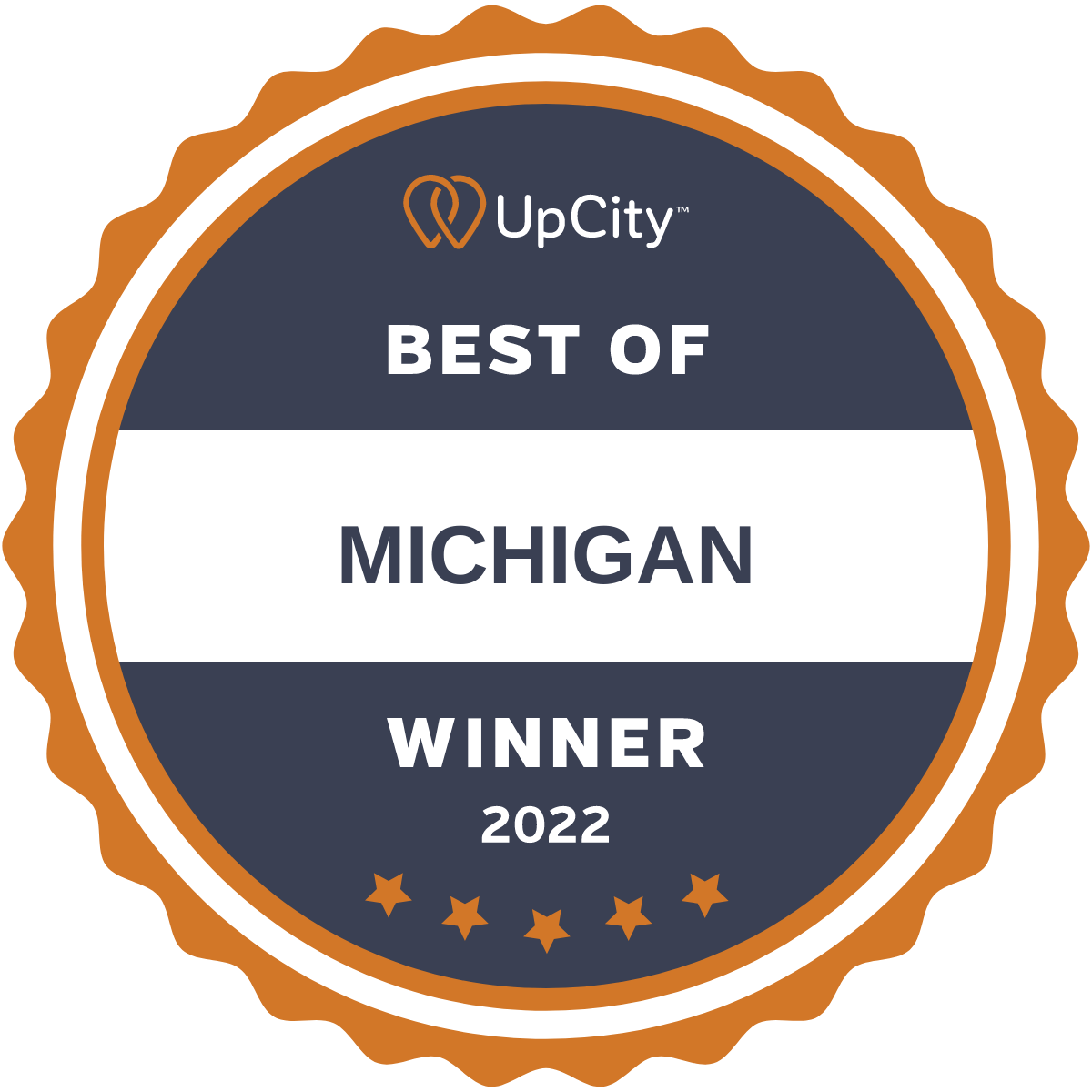Smart Website Strategies That Actually Drive Growth When Times Get Tight
Prefer to listen to this blog post?
When the economy dips, most small businesses feel the pull to cut back, play it safe, and ride things out. But playing small online can quietly cost you the trust and attention you’ve worked so hard to earn. A website isn’t just a digital business card anymore. It’s your storefront, spokesperson, service desk, and sales rep all rolled into one. Especially in lean times, the right changes to your site can drive real growth and hold customer satisfaction steady. These aren’t flashy redesigns or full-stack rebuilds. They’re pragmatic moves with big returns, built to meet the moment.

Speed Is Not Optional
There’s a direct line between your load speed and your revenue. If your homepage lags or your checkout flow hiccups, people bounce. Fast. And they don’t always come back. This isn’t theoretical. According to industry analysis, faster page loads reduce bounce rates and measurably increase user engagement, especially for mobile visitors. In a downturn, where every visitor counts and conversions are harder-won, your site speed becomes a silent make-or-break factor. Prioritize compressing images, trimming scripts, and using a content delivery network. Shaving even a second off your load time can make a difference.
Build In Resilience with Education
During uncertain times, digital safety isn’t just an IT issue—it’s a trust issue. Customers are more cautious with their information, and small businesses are prime targets for phishing, fraud, and data leaks. One way to get ahead of this risk? Upskill your team. Investing in the benefits of cybersecurity degree online programs can build long-term resilience. Business owners or team leads can complete cybersecurity training through online universities, which tailor programs for real-world application. This is not about chasing credentials for their own sake—it’s about tightening the weakest links in your digital presence.
Show Real People Solving Real Problems
Generic case studies won’t cut it. If your site still talks about “clients” and “solutions” in abstract terms, you’re leaving credibility on the table. Customers need to see someone like them—same problem, similar stakes—finding relief through you. This is where small‑business case study storytelling comes in strong. A clear story with a recognizable struggle and specific result creates resonance. Focus less on the size of the win and more on the transformation. “We were overwhelmed with invoicing; now it’s handled in two clicks” is more powerful than “Client X increased productivity.” Frame these stories visually. Lead with a quote. Let the tension live for a moment before the payoff.
Trust Lives in the Small Stuff
You don’t have to say “trust us.” In fact, you probably shouldn’t. Visitors decide whether to trust you based on dozens of subtle signals they often can’t name. Placement of your phone number. A clear return policy. The presence—or absence—of human faces. One agency calls these subtle reputation cues that build trust “micro-trust indicators,” and they work best when layered. During a downturn, buyers move more slowly, ask more questions, and stress over regret. Audit your site for friction points. Is it clear what happens after someone clicks “buy”? Does your footer look like someone thought it through? These are not details. They are decisions that compound.
Resurface What’s Still Useful
You don’t need more content. You need your best stuff to work harder. Find the pages that still bring in traffic—or used to—and ask whether they answer today’s questions. In a climate where customers are risk-averse, a tired blog post about “growth strategies” may fall flat unless it speaks to lean budgets, retention, or urgency. One of the most effective content marketing moves right now is to refresh old content to boost visibility. That could mean updating a headline, rewriting a key section, or adding a new example. Google rewards recency, and readers reward relevance. Don’t let old ideas rot in your archive.
Ask Them What They’re Not Saying
Most website feedback mechanisms are too little, too late. A newsletter opt-in or support chatbot doesn’t reveal why someone left your pricing page or what hesitation kept them from booking. Instead, trigger on‑page surveys wisely and lightly. One question. Time it well. Keep it optional and don’t beg for answers. A prompt like “Was anything missing from this page?” on a service detail view can surface objections you didn’t know existed. This isn’t about polling for popularity. It’s about catching the quiet gaps before they become lost sales. In a slow market, invisible friction is fatal.
Don’t Tuck Testimonials Away
Most websites treat testimonials like seasoning—sprinkled here and there, relegated to their own lonely page. Instead, display testimonials on the homepage, service pages, and anywhere hesitation lives. Use real names if you have permission. Anchor the quote in a moment: “We switched in May and haven’t missed a deadline since.” Don’t focus only on praise. Look for phrasing that reflects the before-state—what life looked like without you. That contrast is what makes the outcome stick. And if your customer says something offhand like “It’s the first software we didn’t have to fight with,” that’s gold. Quote it exactly.
Economic pressure exposes every weakness. But it also reveals leverage—the kind that doesn’t require a massive budget or flashy tech. A faster site. A clearer story. A testimonial in the right spot. These are not bells and whistles. They’re confidence builders. When done well, each of these moves earns its place in a visitor’s memory and nudges your business closer to stability and satisfaction. And if you keep showing up online with clarity and care, the growth tends to follow.
Discover how Speck Designs can elevate your brand with tailored creative solutions that drive growth and connection.
About the Author:
Cecelia Johnson believes strongly in the power of good deeds and recognizing great work. That’s why she created Recognition Works. The site is dedicated to connecting those who’ve been awarded for exemplary work in their communities to companies and organizations that can help them continue their admirable efforts through donations, sponsorships, and gifts. By making these connections, she hopes to build stronger, more altruistic communities and citizens.









